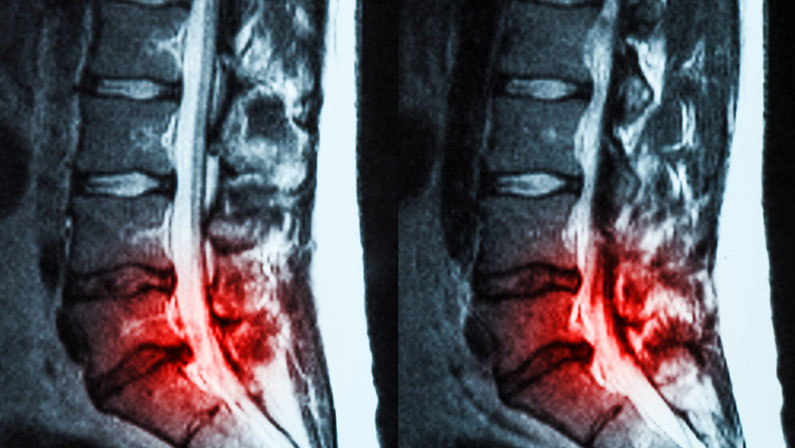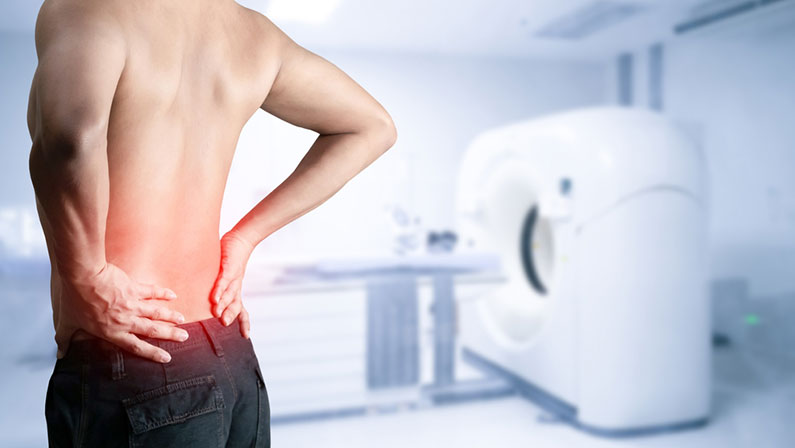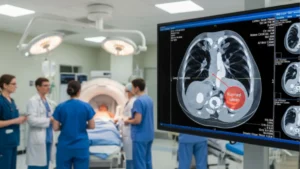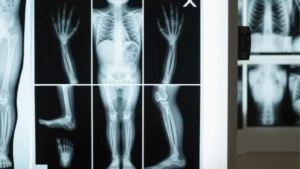Ever felt a nagging ache or a shooting pain in your lower back? Back pain is incredibly common, affecting millions of people each year. While most back pain resolves on its own with time and self-care, sometimes it’s essential to pinpoint the exact cause for proper treatment. This is where a CT scan for lower back pain or CT scan for back pain in general can be a valuable diagnostic tool.
The Importance of Diagnosing Back Pain Accurately
Back pain is a common issue that affects millions of people worldwide. It can stem from various causes, including muscle strain, disc problems, fractures, or more serious conditions like infections or tumors.
Why is an accurate diagnosis of back pains necessary? Accurate diagnosis is essential because it determines the treatment approach. Without a proper diagnosis, treatments may be ineffective or even harmful. This is why medical imaging is essential. While physical exams and patient history are important, imaging techniques like CT scans provide detailed internal views that can reveal issues not visible through other methods.
What is a CT Scan?

A CT (Computed Tomography) scan is a medical imaging procedure that combines X-ray measurements taken from different angles around the body and uses computer processing to create cross-sectional images (slices) of bones, blood vessels, and soft tissues. These detailed images help doctors see the inside of the body with greater clarity than traditional X-rays.
CT scans are particularly useful for detecting bone abnormalities, soft tissue injuries, and detailed internal structures. They are often used when other imaging techniques, like X-rays or MRIs, are inconclusive.
When is a CT Scan Used for Back Pain?
MRI vs. CT scan for back pain—which is better? While MRIs are often the first choice for evaluating soft tissues in the back, a CT scan for low back pain can be beneficial in specific situations:
Suspected Fracture
When a patient presents with severe back pain following an injury, a CT scan can help identify fractures in the vertebrae that might not be visible on standard X-rays. This is especially important for guiding appropriate treatment and preventing further injury.
Recent Trauma
In cases of recent trauma, such as a car accident or a fall, a CT scan provides detailed images that can reveal hidden injuries to the spine, ensuring that all damage is assessed and treated.
Evaluation After Back Surgery
Post-surgical patients sometimes need CT scans to monitor healing and check for complications like hardware placement issues or bone healing problems. This helps surgeons determine if the recovery process is proceeding as expected.
Pain with Neurological Symptoms (Weakness, Numbness)
When back pain is accompanied by neurological symptoms like weakness or numbness, a CT scan can help identify the cause. Conditions such as herniated discs or spinal stenosis might compress nerves, and detailed imaging is necessary for diagnosis and treatment planning.
Suspected Infection or Tumor
Infections or tumors in the spine are serious conditions that require prompt diagnosis and treatment. A CT scan can detect these issues, providing crucial information for doctors to develop an effective treatment plan.
CT Scan vs. MRI for Back Pain (Other Imaging Techniques)

CT scans offer unique advantages over other imaging techniques. While MRIs are excellent for visualizing soft tissues and identifying conditions like herniated discs or spinal cord issues, CT scans excel in showing bone structures and detecting fractures. For patients with lower back pain, a CT scan can quickly and accurately identify issues related to the vertebrae or surrounding structures.
Here’s a detailed comparison (CT scan versus MRI for back pain) to help you and your doctor decide which option is best for your specific case:
Advantages of CT Scans for Back Pain:
- Speed: CT scans are significantly faster than MRIs. A CT scan for back pain typically takes around 15 minutes, compared to an MRI, which can last anywhere from 30 to 60 minutes. This can be especially beneficial for patients in pain or discomfort.
- Bone Detail: CT scans excel at capturing intricate details of bone structures. This makes them ideal for identifying fractures, misalignments, bone spurs, and other bony abnormalities in the vertebrae.
- Trauma Assessment: Following a back injury, a CT scan can provide a rapid and comprehensive picture of potential damage. It can reveal fractures, displaced vertebrae, and other complications that require immediate attention.
- Contrast Dye Compatibility: CT scans can effectively utilize contrast dye injections. This can enhance the visibility of certain structures, like blood vessels or inflamed tissues, aiding in the diagnosis of infections or tumors.
Advantages of MRIs for Back Pain:
- Soft Tissue Visualization: MRIs are unrivaled in their ability to visualize soft tissues like muscles, ligaments, intervertebral discs, and the spinal cord. This makes them the gold standard for diagnosing conditions like herniated discs, ligament tears, spinal stenosis (narrowing of the spinal canal), and inflammation of the spinal cord or nerve roots.
- Detailed Nerve Imaging: MRIs provide unmatched clarity for visualizing nerves and nerve compression. This is crucial for pinpointing the source of pain caused by pinched nerves.
- No Radiation Exposure: Unlike CT scans, MRIs do not use ionizing radiation. This makes them a safer option for patients who require frequent imaging or are particularly sensitive to radiation exposure, such as pregnant women or children.
What to Expect During a CT Scan for Back Pain

During a CT scan for back pain, you will lie on a table that slides into the CT scanner. The procedure is painless and typically takes about 10 to 30 minutes. You may be asked to hold your breath for short periods to reduce motion blur in the images. The scanner rotates around you, taking multiple X-ray images from different angles. These images are then processed by a computer to create detailed cross-sectional views of your spine. For more information, we wrote a guide on how you can prepare for a CT scan.
After the CT Scan for Back Pain
Once the CT scan is complete, a radiologist will analyze the images and send a report to your doctor. Your doctor will then discuss the results with you and determine the next steps for your treatment plan. This could involve further testing, physical therapy, medication, or possibly surgery, depending on the findings.
Ensuring Accurate Diagnosis and Effective Treatment
Accurate diagnosis through CT scans is crucial for developing an effective treatment plan for back pain. Whether you’re dealing with a suspected fracture, recent trauma, or unexplained neurological symptoms, a CT scan can provide the detailed images needed to pinpoint the cause of your pain.
For comprehensive diagnostic services, consider One Step Diagnostic. They offer state-of-the-art CT scanning and a range of other diagnostic services to help you get to the root of your back pain. Visit their services page or contact them for more information. For specifics about CT scans, check out their CT scan page.
Accurate diagnosis is the first step toward effective treatment, and with the right imaging technique, you can move closer to finding relief from back pain.



